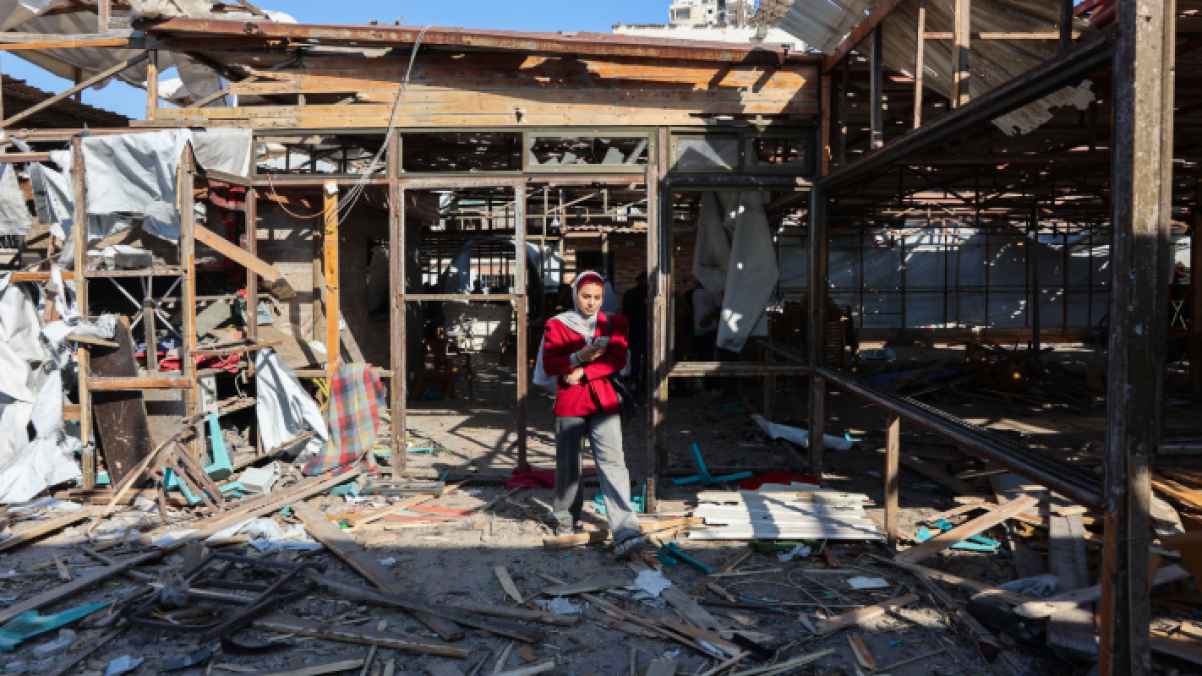On the edge of life... a people writing their tragedy from beneath the rubble

In every corner of besieged Gaza, the scent of earth mixed with blood rises. The crumbling walls speak a language of loss and betrayal. Total devastation engulfs homes, hospitals, and schools—as if the city, once lit by candlelight, has been reduced to a heap of ash. The sounds of explosions leave no room for childhood, no space for dreams, planting a single question in every small heart: "Why us?" The answer remains choked beneath the rubble.
A Childhood Stolen by Missiles In a corner of one of the camps, little Lina sits on a piece of concrete that once belonged to her bedroom. She clutches her burnt doll, as if it's the last remnant of a life that once was. Her eyes, filled with silence and disbelief far beyond her years, tell the story. "I used to have a bed," she whispers, "and there was light in the house." Now, there is no bed, no house, not even a window to look out toward a future.
Shattered Memories Beneath the rubble of one home, residents found a small notebook—a child’s diary, filled with dreams of the future. Its torn pages carried a wish to become a doctor to heal the wounded. But the writing stops on the day the house collapsed. In Gaza, dreams don’t just die—they’re buried alive in the collective memory, passed down like a chronic wound.
An Expanding Humanitarian Catastrophe The crisis in Gaza is no longer just political or military—it has morphed into a suffocating humanitarian disaster. Electricity and water are cut off. Medicine and food are scarce. Hospitals operate under fire. Thousands of families have no idea where they will sleep tomorrow. The international community issues statements of concern, while lives are lost every day in a silence that borders on consent—a complicity that normalizes the tragedy as a permanent reality.
An Open Wound... and a Cause That Won’t Die Despite everything, Gaza still beats with life amid the ashes. From within the destruction, voices emerge—praying, building, writing, and loving. It is not just a besieged strip of land; it is a living witness to systematic injustice and a policy that targets human existence itself. With every home destroyed, a memory is etched deeper into the heart, and a cause rises again—one that refuses to die.
